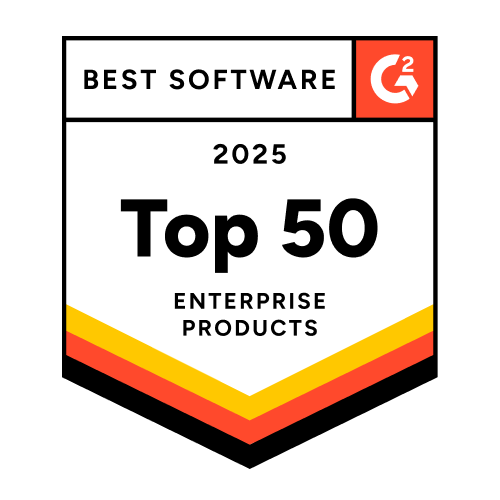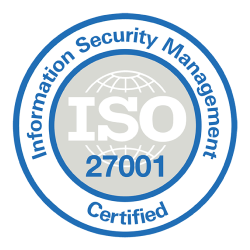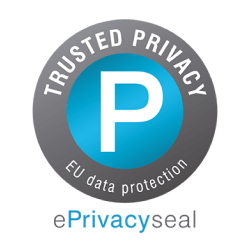Marketing Automation
Marketing automation is the use of technology to streamline repetitive, cross-channel marketing tasks like sending segmented emails, scheduling social posts, or triggering in-app messages, so you can reach customers efficiently and consistently.
For example, a visitor who downloads a guide from your website might automatically receive a personalized welcome email sequence, followed by a special offer if they don’t return within a week.
How does Marketing Automation Work?
Marketing automation uses technology to streamline marketing tasks and workflows, making campaigns more efficient and personalized. It begins by collecting customer data from touchpoints like website visits, form submissions, social media interactions, and purchases.
This data is segmented by demographics, behavior, or interests, enabling targeted campaigns. Marketers then build automated workflows with triggers and actions, for example, a user signing up for a newsletter (trigger) might automatically receive a welcome email (action).
Automated actions can include follow-up emails, lead scoring, task assignments, or delivering personalized content. Platforms track user behavior to provide insights for campaign performance, allowing marketers to make data-driven decisions.
Marketing automation supports every stage of the customer lifecycle:
- Onboarding: Convert new visitors into paying customers, app users, or subscribers.
- Engagement: Maintain ongoing, personalized communication with customers.
- Conversions: Encourage purchases through targeted campaigns that resonate with users.
- Loyalty and Retention: Keep customers returning via strategic engagement.
- Re-activation: Re-engage dormant users through email, SMS, or other channels.
Why use Marketing Automation?
- Automate repetitive tasks and integrate multiple channels for a cohesive marketing approach.
- Deliver personalized, consistent communication to guide prospects through the sales funnel.
- Use lead scoring and prioritization to focus on the most valuable opportunities.
- Provide actionable insights to optimize campaigns, improve ROI, and reduce costs.
How to use Marketing Automation in 8 Steps
- Develop a strategy: Define clear marketing objectives, understand your target audience and customer journeys, and plan how automation will support your goals. Consult experts at potential platforms if needed.
- Choose the right platform: Select a marketing automation tool that fits your business needs, supports your channels, and can scale with your cross-channel marketing efforts.
- Integrate your data: Connect your automation platform with your CRM and other databases to consolidate customer data for more effective campaigns.
- Segment your audience: Group customers based on demographics, behavior, or interests to enable personalized, targeted messaging.
- Implement lead scoring: Prioritize leads based on engagement and purchase readiness to focus efforts where they’ll have the most impact.
Set up automation workflows: Create campaigns triggered by specific actions or dates—like follow-up emails after a website visit—to engage users automatically. - Personalize content: Use customer data to tailor messages, offers, and recommendations across all channels for a seamless, relevant experience.
Analyze and optimize: Track campaign performance and make data-driven adjustments to continuously improve results.
Marketing Automation vs. Chatbot vs. AI Agent/Assistant
| Capability | Marketing Automation | Chatbot Automation | AI Agent/Assistant |
| Autonomy | Rule-based, scheduled | Scripted responses, limited learning | Executes multi-step tasks, adapts, and learns |
| Context Awareness | Moderate: based on segmentation, triggers | Minimal: user input only | High: analyzes multiple data sources |
| Integration | Multi-channel (email, SMS, web) | Website or messenger only | Broad systems/APIs, often cross-department |
| Learning | Data-driven analytics | Rare or basic | Machine learning/AI adapts over time |
| Example | Abandoned cart recovery | FAQ chatbot on site | Autonomous journey orchestration |
FAQs
Marketing automation reduces manual effort, delivers timely personalized offers, recovers abandoned carts, and nurtures leads at the optimal moment. These capabilities increase conversion rates and customer retention and raise revenue per customer. See strategies for improving ROI with automation in this omnichannel marketing automation guide.
Not necessarily. Modern marketing automation platforms are designed for marketers, with drag-and-drop workflows, pre-built templates, and easy-to-follow setup tools. You can create, launch, and optimize automated campaigns without needing deep technical expertise, saving time while still delivering personalized, multi-channel experiences.
Marketing automation is most effective when integrated with your CRM, customer data platform (CDP), analytics tools, and ecommerce systems. This creates a unified customer view, enabling consistent and personalized campaigns across channels. See Insider’s integration guide for connecting multiple channels and tools.












